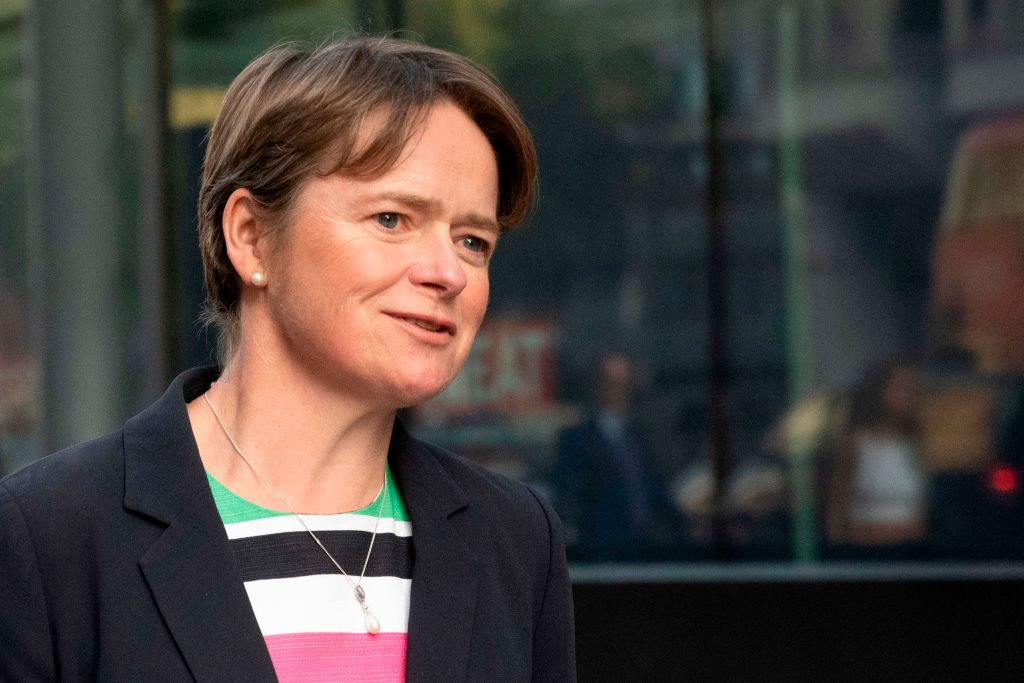SAGE has already poured cold water on the NHS Test and Trace system in England, suggesting in September that it was making only a ‘marginal’ difference to Covid infection rates. Now the National Audit Office (NAO) has had its say, publishing its interim report into whether it has been value-for-money. It is not much more flattering.
It depicts a hugely-expensive system which leaves many of its staff sitting around with little to do and which is failing to make contact with nearly as many people as it needs to in order to work as SAGE says it needs to.
The budget for Test and Trace over the whole of 2020/21, it says, is £22 billion – quite a lot more than the £12 billion that is commonly quoted as the cost of the scheme. The majority of the cost – 85 per cent of that spent so far – is in the testing rather than the tracing: £5.9 billion has been spent on laboratories and machines, £2.9 billion on the tests and £1 billion on supplies and logistics.
SAGE says that in order to be effective 80 per cent of close contacts would need to be traced. Yet at the end of October, only 60 per cent of contacts were being successfully contacted. Worse, estimates for the number of people who were complying with the instruction to self-isolate, range between ten per cent and 59 per cent.
The low contact rate is certainly not due to a shortage of contact-tracing staff. The system recruited 3,000 specialist health professionals and 18,000 call handlers, but at times they have had virtually nothing to do. In mid-June, the specialist staff were only being utilised for four per cent of their contracted hours and call handlers for just one per cent. Since mid-August, the service has moved to more flexible contracts which have effectively reduced the number of call handlers to 12,000.
The NAO is especially critical of the NHS Test and Trace service for failing to predict the surge in demand for tests when the schools returned in early September. One of the consequences is the failure to get test results back in time. The whole system depends upon swift turnaround times, so that potentially infected contacts are not allowed to go about the community spreading Covid before they can be contacted.
Some people are being tested at testing centres; others are being sent swabbing kits through the post. In the case of the latter, a target time of 24 hours has been set for getting results. In June, 93 per cent of tests were returned within this timeframe, yet by the end of October this had fallen to 14 per cent.
The Department of Health and Social Care claims that it has now improved its performance and that 85.7 per cent of contacts are now being successfully contacted. Nevertheless, the sheer cost of the system, and SAGE’s earlier verdict on its usefulness makes you wonder whether the system is worthwhile at all. Will the government learn anything before rolling out its even more expensive ‘Operation Moonshot’ mass community testing programme, which according to leaked documents in September could cost up to £100 billion?







Comments